A series of videos from the Zhurong Mars rover have been released by the China National Space Administration (CNSA), including incredible footage showing 23 seconds of the rover’s perilous descent to the surface.
The clips — published on 27 June, almost halfway through Zhurong’s three-month mission — represent a “terrific bunch of data,” says David Flannery, an astrobiologist at Queensland University of Technology in Brisbane, Australia, who is part of the team working on NASA’s Perseverance Mars rover.
Zhurong arrived on 15 May after being released by the Tianwen-1 orbiter. One of the videos captures the rapid deceleration of the lander encasing the rover before it settles on the surface of Mars. It shows a parachute being deployed and released, followed by a view of the ground as the lander hovers, while identifying a safe spot to set down.
Hum of motors on Mars
One week later, on 22 May, Zhurong rolled off a ramp on the landing platform. In another video, this moment is recorded in black and white — and also by a microphone that picks up the hum of electric motors and the creak of wheels rolling down the metal ramp.
Flannery says the sounds from Zhurong are intriguing because Perseverance also has a microphone, and the researchers are trying to correlate audio it detects with data from the rover’s weather station to study wind patterns.
That was not part of Perseverance’s goals at the mission outset, but “these sort of serendipitous scientific investigations will also be possible with the Chinese rover”, he says. “We often find that we make accidental discoveries and can use our instruments in unforeseen ways.”
Flannery argues that it might be possible to use microphone data from both rovers to compare the wind patterns in two regions of Mars — Zhurong is in the Utopia Planitia region of Mars’ northern hemisphere, whereas Perseverance is several hundred kilometres away in Jezero crater.
Furthermore, the Chinese team might find the microphone useful for troubleshooting engineering problems that emerge with the rover, as NASA engineers also hope to do in the event of a problem, he says.
In the third week of its mission, on 1 June, Zhurong dropped a wireless camera on the ground, and then retreated to take a self-portrait of itself and the lander. That feat is now documented in footage of the rover reversing and manoeuvring into place.
Decent distance so far
According to the CNSA, the rover has so far clocked up at least 236 metres on Mars, which Flannery says is a considerable distance for a nation’s first mission. NASA’s inaugural Mars rover, Sojourner, which landed in 1997, only traversed some 100 metres over its lifespan.
Zhurong seems to be heading southwest, towards where the parachute from its descent landed, which would be a target of interest, says Xiao Long, a planetary geologist at the China University of Geosciences in Wuhan. Inspecting the integrity of the parachute could also provide useful insights for designing future missions, say researchers. Long hopes that the rover will stop en route to make scientific observations of a sand dune along the way.
Zhurong seems to be in great working order and will by now have collected some scientific data, Long adds — but that information has yet to be released by the CNSA. Scientists say they are eagerly awaiting data from Zhurong’s many scientific instruments, including its ground-penetrating radar, and its cameras and spectrometers for analysing rocks.




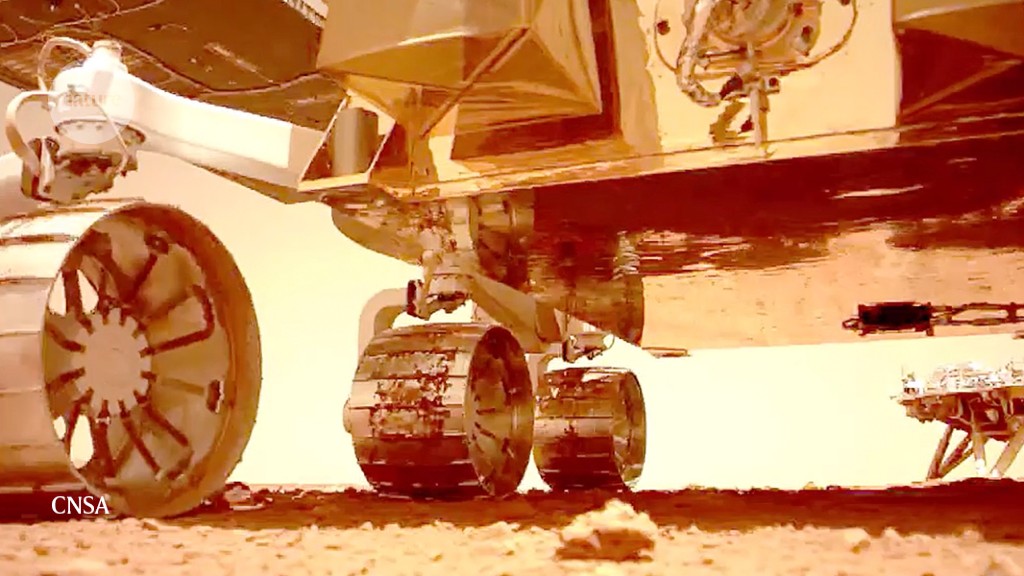
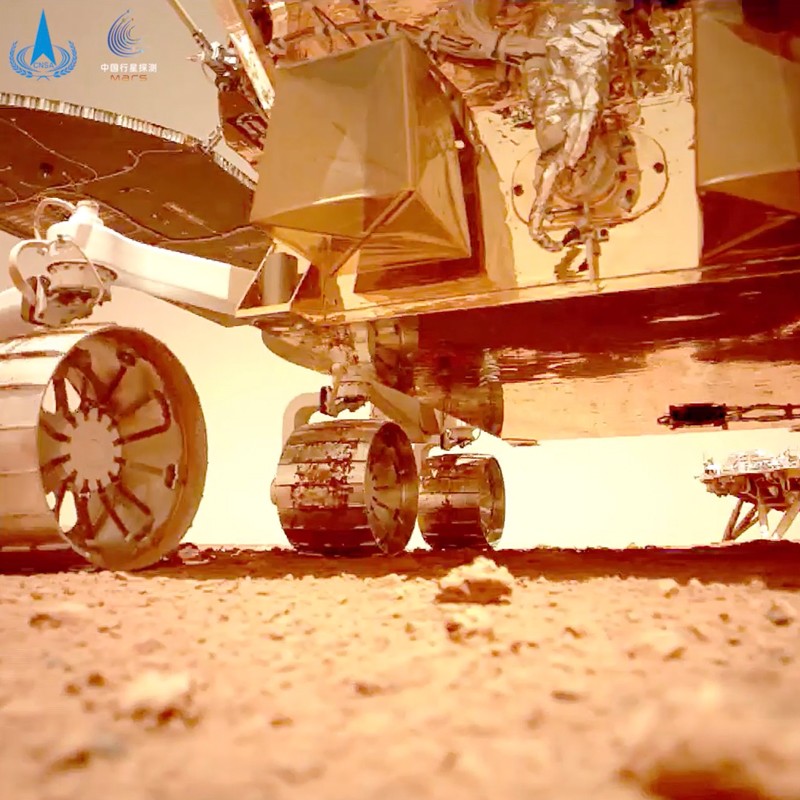
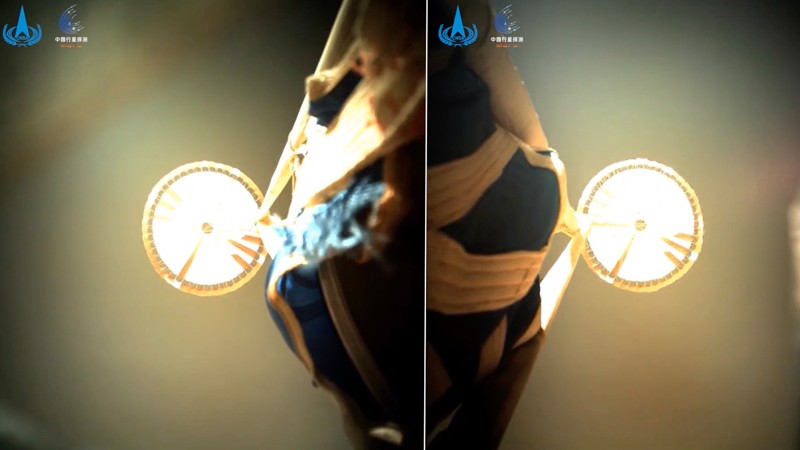
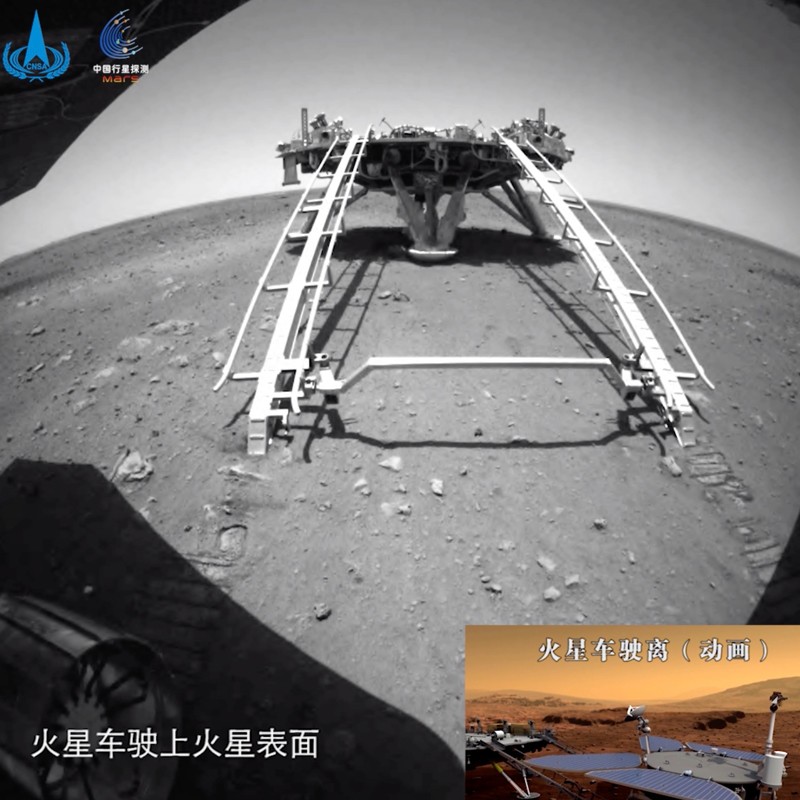
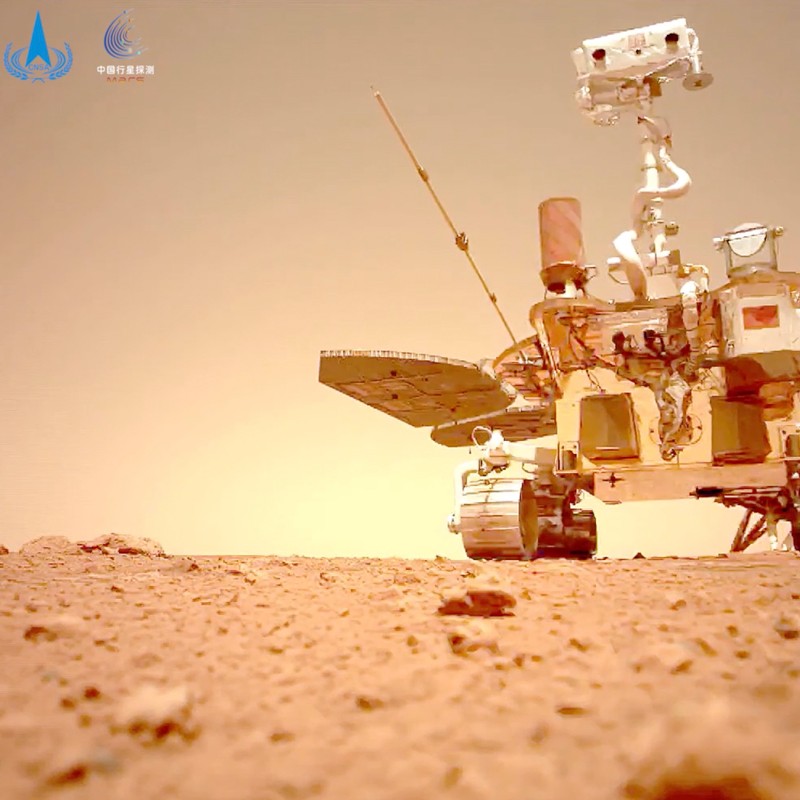
More News
Advances in highly targeted radiation treatment for cancer have ignited interest in a once obscure field
Reproducible graphene synthesis by oxygen-free chemical vapour deposition – Nature
Why snow is crucial for water supply — and what will happen when it becomes scarce